How To Have Your Child's Text Messages Sent To Your Phone
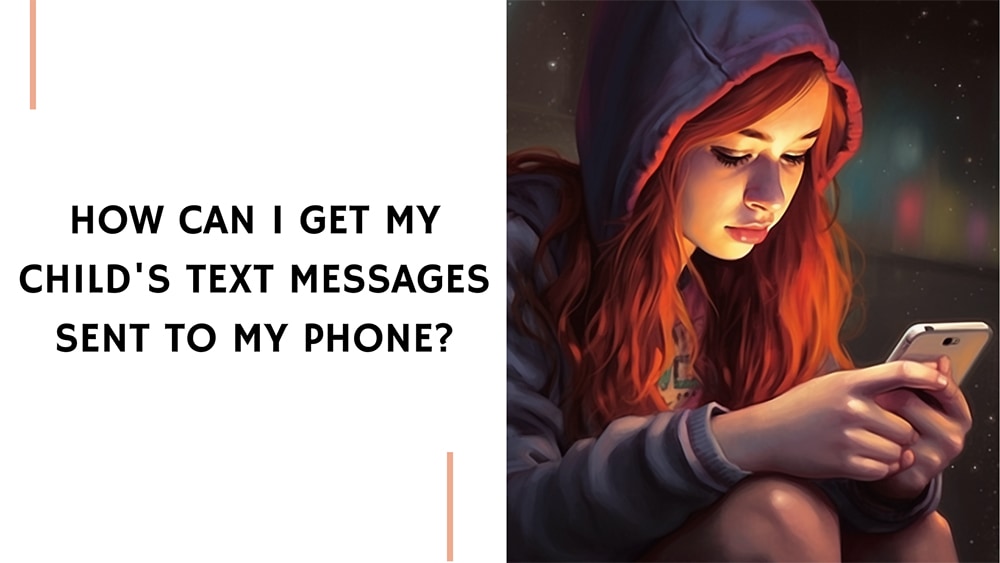
As a parent, it's natural to be concerned about your child's safety in today's digital world. One of the most common questions parents ask us is how they can get their child's text messages sent to their phone. In this article, we will discuss various methods you can use to monitor your child's text messages and help ensure their safety.
Why monitoring your child's online activity is important
In an era where cyberbullying, online predators, and harmful content are prevalent, keeping an eye on text message activity can play a crucial role in protecting them from these threats. By monitoring their text messages, you can gain insights into their social interactions, identify any potential issues early on, and take appropriate measures to address them.
Parental control tools have evolved significantly over the years to help parents safeguard their children from various online risks. These tools provide several functionalities such as monitoring text messages, filtering inappropriate content, limiting screen time, and tracking location. They empower parents with essential information that allows them to make informed decisions regarding their children's online safety.
How to Get Your Child's Text Messages Sent to Your Phone
There are multiple ways you can get your child's text messages sent to your own phone. Let us explore each method in detail.
Using parental control apps
Parental control apps are one of the most effective ways for parents to get their kid's text messages sent to their phone. These apps come with a wide array of features designed specifically for monitoring your child's phone activities. Here are some notable parental control apps that offer text message monitoring and which I have used myself with success:
XNSPY
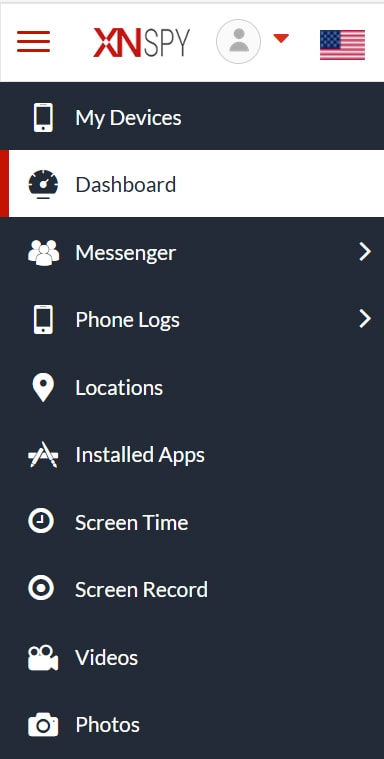
As a cybersecurity expert and a mother of two, I greatly prefer XNSPY over other options. XNSPY is a comprehensive parental control app that lets you get your child's text messages sent to your phone as well as record call logs, social media activities, location, and much more. The app also offers 24/7 alerts and the ability to send remote commands to your child's device.
To use XNSPY to monitor text messages on iPhone or Android, you need to install the app on the phone. Once installed, it remains hidden and does not affect the device's performance. You can then access all the collected information through an online dashboard available on any internet-enabled device.
In my experience with XNSPY, I found it to be user-friendly and highly effective for keeping tabs on my children's phone activities. The real-time alerts have helped me address potential issues promptly.
mSpy
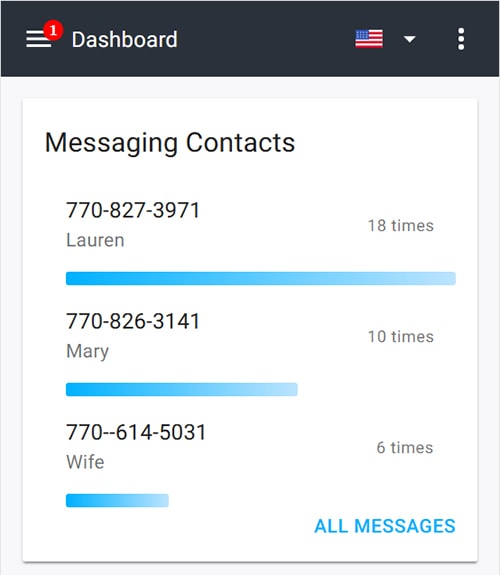
mSpy is another popular spy app that allows parents to get their kid's text messages sent to their phone, call logs, social media chats, emails, locations, and more. It also comes with additional features such as a keylogger and screen recorder that can help you gain deeper insights into your child's phone usage.
Like XNSPY, mSpy requires installation on your child's device. Once installed and set up, you can access all monitored data through an online control panel from any internet-enabled device.
uMobix
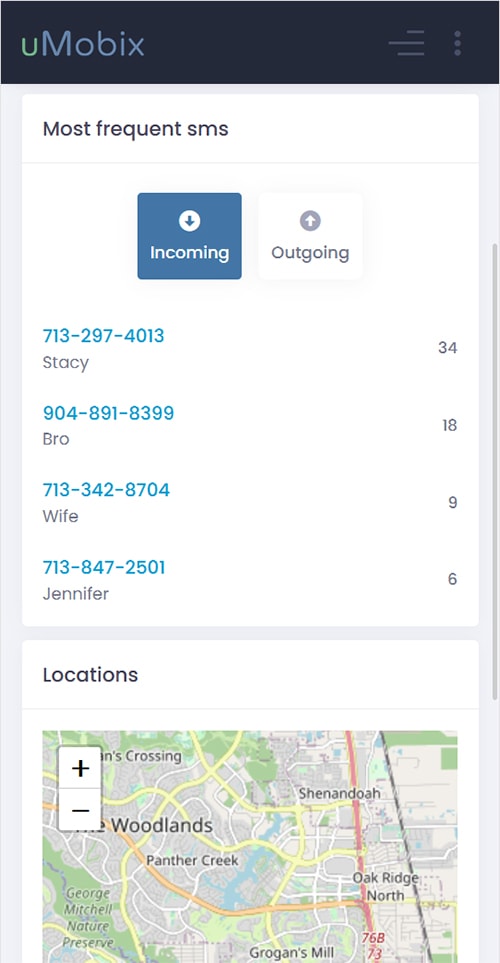
uMobix is a powerful app to monitor your kids' text messages and read them on your phone. It offers extensive features such as the ability to monitor call logs tracking, texts, GPS location, social media, and more. It also comes with a user-friendly interface that makes it easy for parents to navigate through the various options.
After installing uMobix on the device, you can access all the monitored data through an web-based dashboard. Additionally, uMobix offers a unique feature called Geofinder that allows you to set up geofences and receive alerts when your child enters or leaves a specific area.
EyeZy
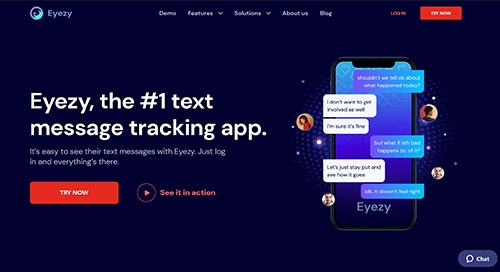
EyeZy is another app that focuses on monitoring kids and their activities. Some of its capabilities include keystroke capture, social spotlight (for social media monitoring), pinpoint (for location tracking), and files finder (for accessing files on their device).
Installing EyeZy on their device lets you access all monitored data through a dashboard. The app also offers an invisible shield feature to keep it hidden from the user.
Hoverwatch
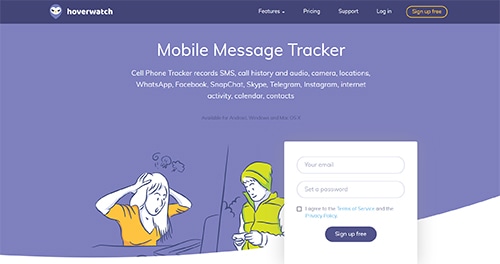
Hoverwatch is a versatile app to monitor text messages, with stealth mode, call recording, phone internet history tracking, and the ability to see social media activity. It supports various platforms like Facebook Messenger, Snapchat, WeChat, Telegram, Instagram, Viber, Line, Signal, and Kik.
To use Hoverwatch to get their text messages on your phone, you need to install it on their device. Once installed, the app operates in stealth mode and collects data in the background.
Use built-in parental control features
Besides using third-party solutions like those mentioned above, you can also use built-in options which are available on some devices:
Apple Family Sharing and Screen Time
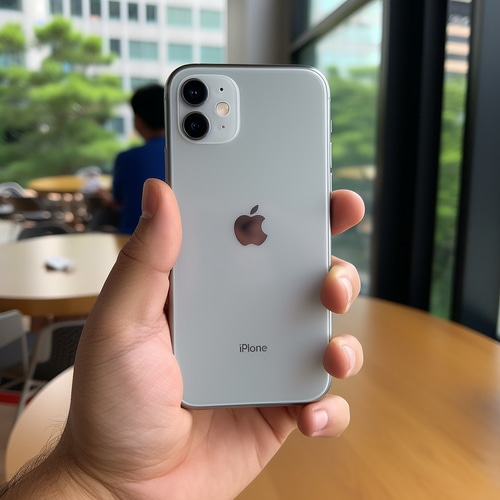
If your kids use Apple devices such as iPhones or iPads, you can take advantage of Apple Family Sharing and Screen Time. Sharing allows you to share messages, photos, and other content across devices, while Screen Time provides you with insights into phone usage patterns of your kids.
To set up Family Sharing and Screen Time, go to Settings on your device, select "Family Sharing," and follow the prompts to add the target device. Once set up, you can use the Screen Time feature to monitor their activities.
Google Family Link
For Android devices, Google offers a free app called Family Link to let you manage phone usage remotely. While it does not allow you to track their activities in great detail, it provides valuable information about what they use frequently and for how long. This insight can help you identify potential issues related to texting or social media usage.
To use it, download the app from the Google Play Store on both of you devices. Then follow the instructions to link them and set up as needed.
Using forwarding
Text message forwarding is another method for reading their messages your own cell phone. However, this method has limitations as it only works for SMS messages and does not include multimedia or messaging app data.
Setting up message forwarding on iOS
If both you and your child have iPhones, you can enable message forwarding through iMessage settings. To do this:
- Go to Settings on the target iPhone.
- Select "Messages."
- Tap "Send & Receive."
- Add your Apple ID under "You Can Be Reached By iMessage At."
- On your iPhone, go to Settings > Messages > Text Message Forwarding.
- Toggle the button next to the number of the target device.
Note that this method requires you to have access to their iPhone, and kids may be able to disable the forwarding feature if they become aware of it.
Setting up forwarding on Android
For Android devices, you can use third-party software such as SMS Forwarder or MightyText to set up message forwarding. These require installation on both your device and the target. Once set up, they will forward incoming SMS messages from their phone to yours.
Keep in mind, this only works for SMS messages and do not include multimedia messages or data from WhatsApp or Telegram.
Using third-party messaging apps
Some popular messaging apps offer built-in technology to allow parents to monitor their child's chats:
If your child uses WhatsApp, you can use the app's web version to monitor their chats. To do this:
- Open WhatsApp and tap the menu icon (three vertical dots).
- Select "WhatsApp Web."
- On your computer or tablet, open a web browser and go to web.whatsapp.com.
- Scan the QR code displayed on the webpage with their cell phone.
- Once connected, you can view their chats in real-time.
This method will require having physical access to the phone, and they may notice the active connection if they check their settings.
Telegram
Telegram is another messaging app that will allow you to monitor your kids. To monitor their Telegram chats:
- Install the Telegram app on your device and sign in with their account credentials.
- Once signed in, you can read their chats.
This method requires you to know their Telegram account credentials and has the limitation of only intercepting what is said on Telegram.
Signal
Signal does not offer built-in options for parents. However, if your child uses Signal as their primary messaging app, you can set up message forwarding on their Android with third-party software like SMS Forwarder or MightyText, as mentioned earlier. This will allow you to receive forwarded copies of their SMS messages through Signal.
Frequently Asked Questions (FAQ)
How can I talk to my child about monitoring?
Honesty and open communication are essential when discussing text message monitoring with your child. Explain the reasons behind your decision—such as wanting to protect them from potential threats and assure them that it is not meant to invade their privacy or undermine trust. Encourage them to share any concerns they may have and work together to establish healthy boundaries regarding phone usage and online safety.
What are the best spyware apps for text messages?
In my experience, XNSPY stands out as the best option due to its comprehensive features, user-friendly interface, and effectiveness. Other notable apps include mSpy, uMobix, EyeZy, and Hoverwatch. It's essential to choose an app that meets requirements and offers a good balance between usability and functionality.
Are there any free methods to get their text messages sent to my cell phone?
While there are free methods and built-in parental control and forwarding functions, these options have limitations in terms of the types of things they can monitor. For a more comprehensive solution, investing in a spy app is highly recommended.
Can I monitor my child's social media as well?
Yes, most spy apps like XNSPY, mSpy, uMobix, EyeZy, and Hoverwatch allow you to track the child's activities on platforms such as Facebook, Instagram, Snapchat, etc. This can help you keep tabs on their interactions and identify potential issues early on.
What are the limitations of built-in parental control settings?
Built-in features like Apple Family Sharing or Google Family Link may offer limited capabilities compared to third-party solutions. They typically provide insights into app usage patterns rather than allowing direct access to content. Additionally, they may not be able to monitor third-party messaging apps like Telegram or Signal.
Legal and Ethical Considerations

It's essential to consider their right to privacy and any potential legal implications. In most jurisdictions, monitoring a minor's phone activities is legal as long as the parent or guardian has consent from the child or owns the device being monitored. However, laws vary by location, so it's critical to understand the specific regulations in your area before taking any action.
Monitoring what texts your kids send and receive should be done with their best interests in mind and not as a means of invading their privacy. Maintain open communication with your child about why you are watching their conversations and assure them it is for their safety. Be respectful of their boundaries and avoid overstepping into areas which may harm your relationship with them.
Conclusion
Getting your kid's text messages sent to your cell phone can be achieved through various methods like using apps such as XNSPY or built-in parental control. It's essential to choose a method that works best for you and aligns with your family's values while maintaining open communication with your child about online safety.


 How To See Your Kid's Text Messages
How To See Your Kid's Text Messages How To Monitor Your Kid's Text Messages
How To Monitor Your Kid's Text Messages Best Apps For Monitoring Your Child's Text Messages
Best Apps For Monitoring Your Child's Text Messages How To Monitor Your Child's Phone Without Them Knowing
How To Monitor Your Child's Phone Without Them Knowing